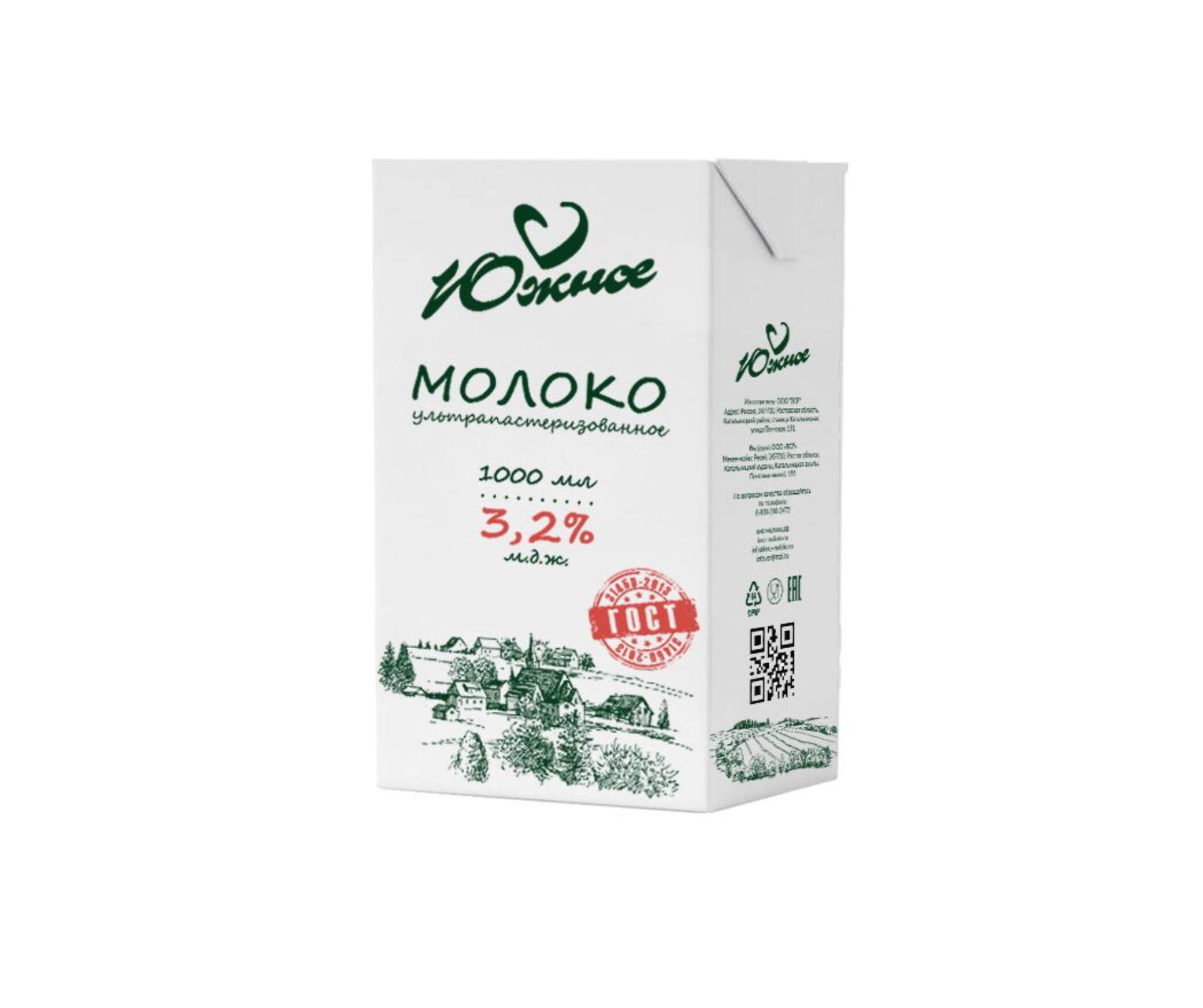Game-Changing in Food Wholesale Logistics
페이지 정보

본문
What is Cross-Docking?
------------------------
Cross-docking is a logistics practice where incoming shipments from various manufacturers are consolidated and then re-distributed to customers in the most efficient way possible, without the need for storage. This process involves re-routing cargo from one delivery vehicle to another, often within a short period of time, to lower transit times, minimize inventory holding costs, and minimize transportation expenses.
Benefits of Cross-Docking in Food Wholesale Logistics
---------------------------------------------------
1. Improved Efficiency and Productivity
Cross-docking streamlines the logistics process by eliminating the need for separate handling, transportation and storage of goods. This enables food wholesalers to expedite the delivery process, minimizing the likelihood of delays and reducing the lead time between orders and shipments. As a result, retailers can restock their stock more regularly, ensuring that customers have access to high-quality products.
2. Reduced Inventory Holding Costs
By minimizing the inventory holding period and inventory levels, cross-docking minimizes the costs associated with maintaining stock. This includes inventory holding rental charges, insurance premiums, security expenses, and other operational costs. By keeping inventory turnover efficient, food wholesalers can maintain healthy cash flows and reassign resources to other critical areas of the business.
3. Lower Transportation Expenses
Cross-docking enables food wholesalers to refine their shipping routes and schedules, allowing them to merge smaller shipments into bigger ones. This results in minimized fuel consumption, minimize vehicle maintenance costs, and minimize labor expenses. Moreover, cross-docking minimizes the need for last-mile deliveries, reducing the number of vehicles on the road and the associated emissions.
4. Enhanced Customer Satisfaction
By delivering products on time and in the right quantity, cross-docking adds to enhanced customer satisfaction and loyalty. Retailers can reload their stock more regularly, ensuring that customers have access to high-quality products. This leads to enhanced repeat business, good word-of-mouth, and increased brand reputation.
5. Increased Flexibility and Adaptability
Cross-docking enables food wholesalers to react quickly to changes in demand, climate and supply chain disruptions. By merging shipments and re-routing them as needed, wholesalers can adjust to changes in demand, reduce stockouts, and improve inventory levels.
Best Practices for Implementing Cross-Docking in Food Wholesale Logistics
---------------------------------------------------------------------------
- Identify high-value SKUs: Focus on strategic products that require prompt delivery and have a good turnover rate.
- Standardize and automate processes: Establish efficient workflows and implement automation to streamline operations.
- Invest in technology: Leverage software and other tools to improve inventory management, transportation planning, and warehouse operations.
- Establish clear communication channels: Ensure that all stakeholders, including vendors, distributors, and customers, are coordinated and informed about inventory levels, lead times, and delivery schedules.
- Continuously monitor and evaluate performance: Regularly assess the effectiveness of cross-docking operations and make tweaks as needed.
----------
Cross-docking is a strategic logistics practice that offers numerous advantages to food wholesale logistics. By improving efficiency, lowering inventory holding costs, devcon plastic steel lowering transportation expenses, increasing customer satisfaction, and increasing flexibility, cross-docking can help retailers and distributors achieve substantial gains in productivity, profitability, and competitiveness. By implementing best practices and leveraging data, wholesalers can maximize the potential of cross-docking and take their supply chains to the next level.

- 이전글Optimize Reverse Logistics the Food Wholesale Industry 25.05.20
- 다음글How to Address Food Security Issues in International Supply Chains 25.05.20
댓글목록
등록된 댓글이 없습니다.